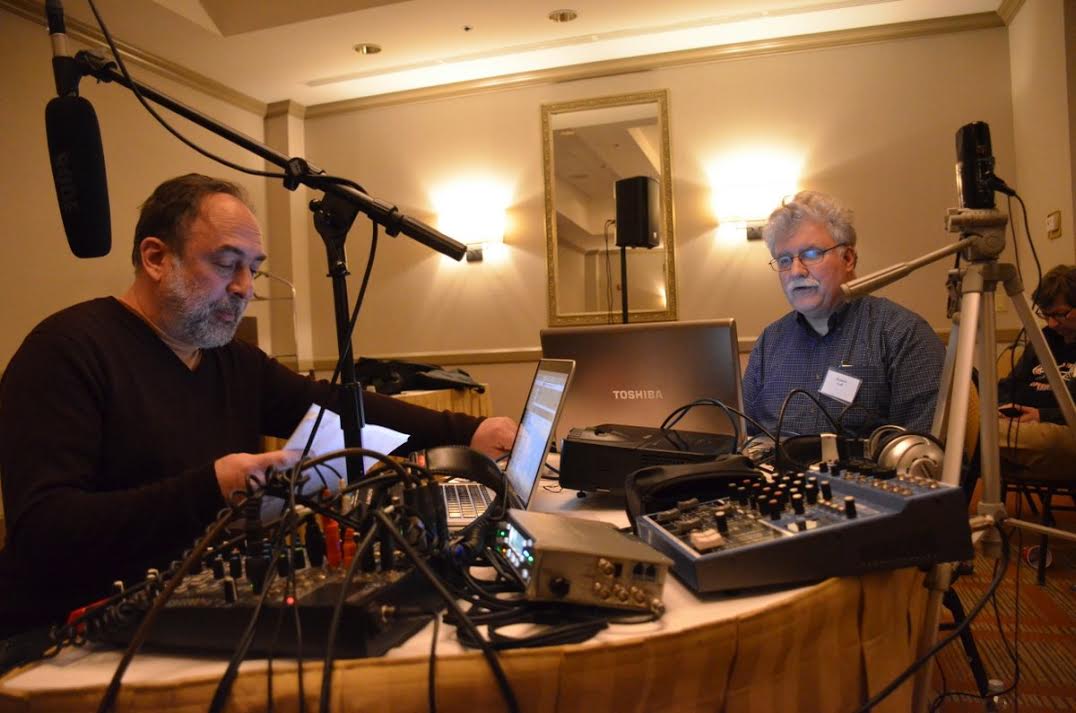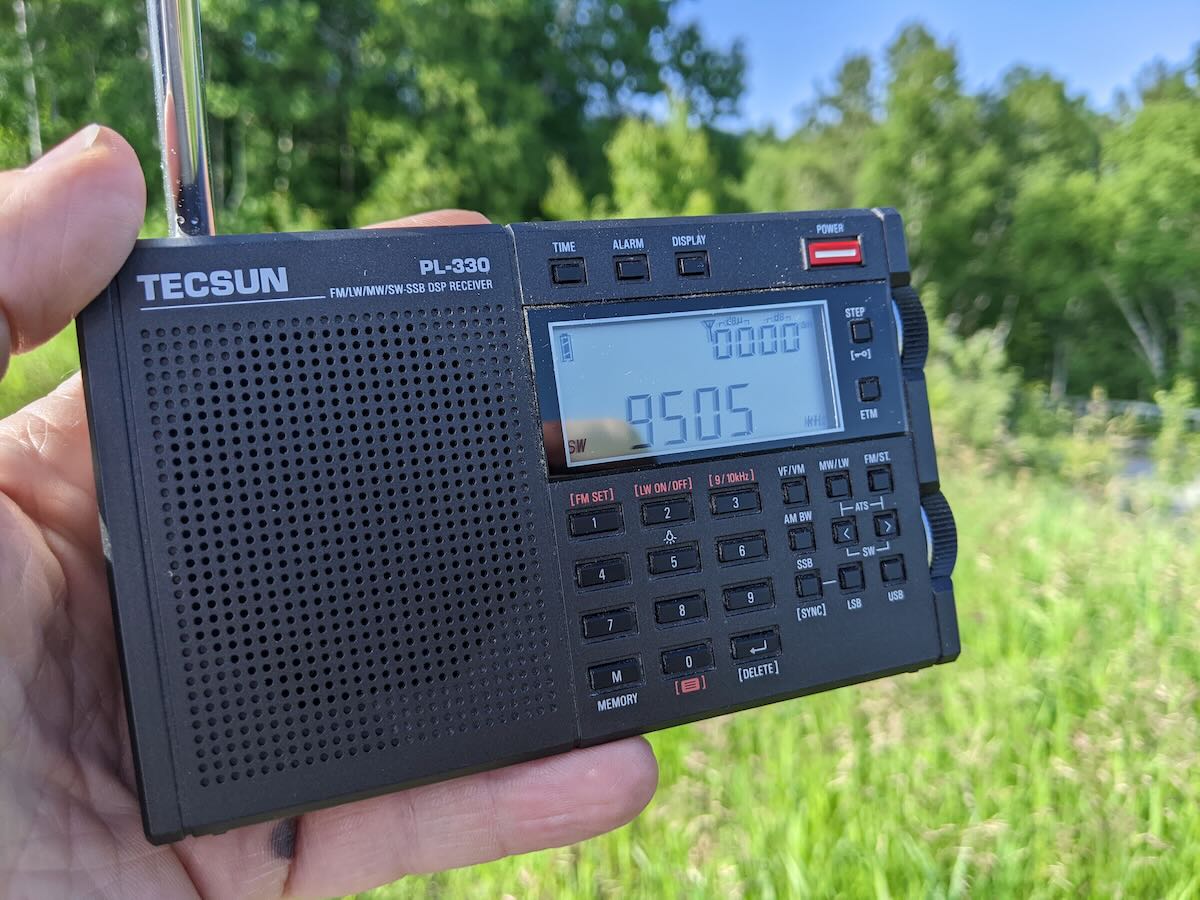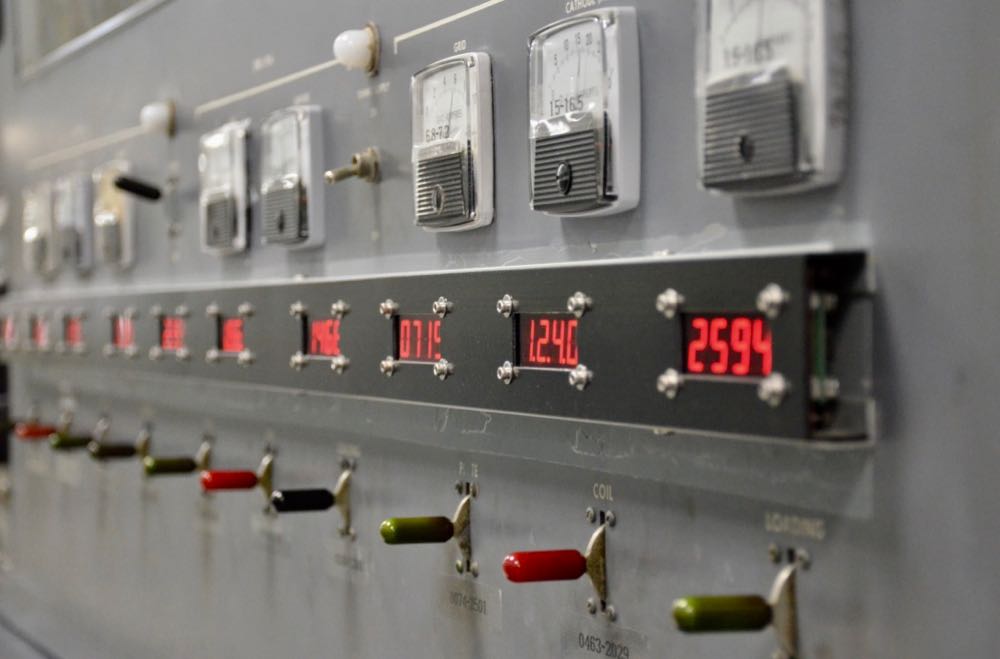
David Goren (left) and Richard Cuff (right) during the Shindig live broadcast at the Winter SWL Fest.
Radio Waves: Stories Making Waves in the World of Radio
Because I keep my ear to the waves, as well as receive many tips from others who do the same, I find myself privy to radio-related stories that might interest SWLing Post readers. To that end: Welcome to the SWLing Post’s Radio Waves, a collection of links to interesting stories making waves in the world of radio. Enjoy!
The Winter SWL Fest is a conference of radio hobbyists of all stripes, from DC to daylight. Historically, every year scores of hobbyists have descended on the Philadelphia, Pennsylvania suburbs for a weekend of camaraderie. The Fest is sponsored by NASWA, the North American Shortwave Association, but it covers much more than just shortwave; mediumwave (AM), scanning, satellite TV, and pirate broadcasting are among the other topics that the Fest covers. Whether you’ve been to every Fest (all 34, starting with the first year at the fabled Pink & Purple Room of the Fiesta Motor Inn) or this year’s will be your first, you’re sure to find a welcome from your fellow hobbyists, even if it’s a “virtual” welcome!.
In 2022, the 35th Annual (!!) Winter SWL Fest will again be going virtual courtesy of the Covid-19 pandemic. All activities will be conducted online via the Zoom webinar platform.
Registration will be $10 per computer screen to defray the Zoom hosting expenses. If you already have a PayPal ID you can simply send $10 from your account to swlfest [at] naswa.net. If you aren’t a PayPal member you may also register online via PayPal here. Paper registrations will not be processed for 2022.
Your hosts, Richard Cuff and John Figliozzi, work throughout the year to ensure that attendees have a great time over the weekend, and by all accounts, they succeed stunningly. How else could this event have lasted for 35 years (egad) — even with a Pandemic — and draw people from around the world to southeastern Pennsylvania? Won’t you join us?
Click here to join the 2022 Winter SWL Fest!
As we all know many electronic components are currently in shortage, and this global shortage is affecting some SDR manufacturers like SDRplay. Recently on their blog SDRplay have provided some updates on their hardware shortage situation. They write:
As we have mentioned before, due to the worldwide shortage of electronic components, we are suffering from production delays at both our manufacturing subcontractor operations here in the UK. This means that many of our resellers have completely run out of RSP1A and RSPdx devices.
However we are pleased to say that this week, we have been able to build some additional units. This means that by the end of next week (February 25th), our resellers should have more stocks of RSP1A and RSPdx. More RSPduos are promised for mid to late March.
It is highly likely that even after the latest production runs are delivered, some of our resellers will run out again in the weeks ahead. Meanwhile we are working to do all we can to secure more critical components for our manufacturers. This includes tweaks to the designs so that they can accommodate alternative more readily available parts.
Many thanks to customers who have been left waiting to buy, and to our resellers for your patience as we navigate though this situation.
A list of our authorised resellers can be found here: https://www.sdrplay.com/distributors/
[Read this full post on the RTL-SDR Blog…]
A man in Jersey is using amateur radio equipment to make contact with people caught up in the fighting in Ukraine.
Paul Mahrer spoke to more than 1,700 Ukrainian radio operators last year, but says all communication has been lost since the country declared martial law. Continue reading →
 I received a message from a reader recently regarding the Tecsun PL-330. They pointed out that Tecsun listed the PL-330 as “Discontinued” but I’ve confirmed that this is not the case. This is simply a poor translation/word choice.
I received a message from a reader recently regarding the Tecsun PL-330. They pointed out that Tecsun listed the PL-330 as “Discontinued” but I’ve confirmed that this is not the case. This is simply a poor translation/word choice.

